Description
Still Life with Hen and Onion by Giacomo Ceruti printed on a Sweatshirt
About the Sweatshirt
Regular fit
Standard length, the fabric easily gives into movement
Comfortable
The fabric and fit of this item are extra comfy
Tear-away tag
Easily removable tear-away tag that allows you to add a custom inside label
This Unisex Premium Sweatshirt has a classic crew neck, flattering unisex fit, and soft 100% cotton exterior.
- 100% cotton face
- 65% cotton, 35% polyester
- Charcoal Heather is 55% cotton, 45% polyester
- Fabric weight: 8.5 oz./yd.² (288.2 g/m²)
- Tightly knit 3-end fleece
- Side-seamed construction
- Self-fabric patch on the back
- Double-needle stitched rib collar, cuffs, and hem
- Tear-away label
Giacomo Ceruti (1698-1767)
Giacomo Antonio Melchiorre Ceruti was an Italian late Baroque painter, active in Northern Italy in Milan, Brescia, and Venice. He acquired the nickname Pitocchetto (the little beggar) for his many paintings of peasants dressed in rags.
He was born in Milan, but worked primarily in Brescia. He may have been influenced early by Antonio Cifrondi and/or Giacomo Todesco (Todeschini), and received training from Carlo Ceresa. While he also painted still-life paintings and religious scenes, Ceruti is best known for his genre paintings, especially of beggars and the poor, whom he painted realistically and endowed with unusual dignity and individuality.
A characteristic painting is his Woman with a Dog which portrays a rather plain subject sympathetically and without idealization. Like most of his figures, she appears before an undifferentiated dark background; when Ceruti attempted to represent deep space, the results were frequently awkward. His landscape backgrounds resemble stage flats and are often copied from print sources, such as the engravings of Jacques Callot. The realism Ceruti brought to his genre paintings also distinguishes his portraits and still lifes, while it is less apparent in his somewhat conventional decorative paintings for churches, including frescoes for the Basilica Santa Maria Assunta of Gandino and an altarpiece for Santa Lucia in Padua. This limitation is not unique to Ceruti; the Brescian painter from the late 16th century, Giovanni Battista Moroni, was similarly known for expressive portraits, and drab religious paintings.

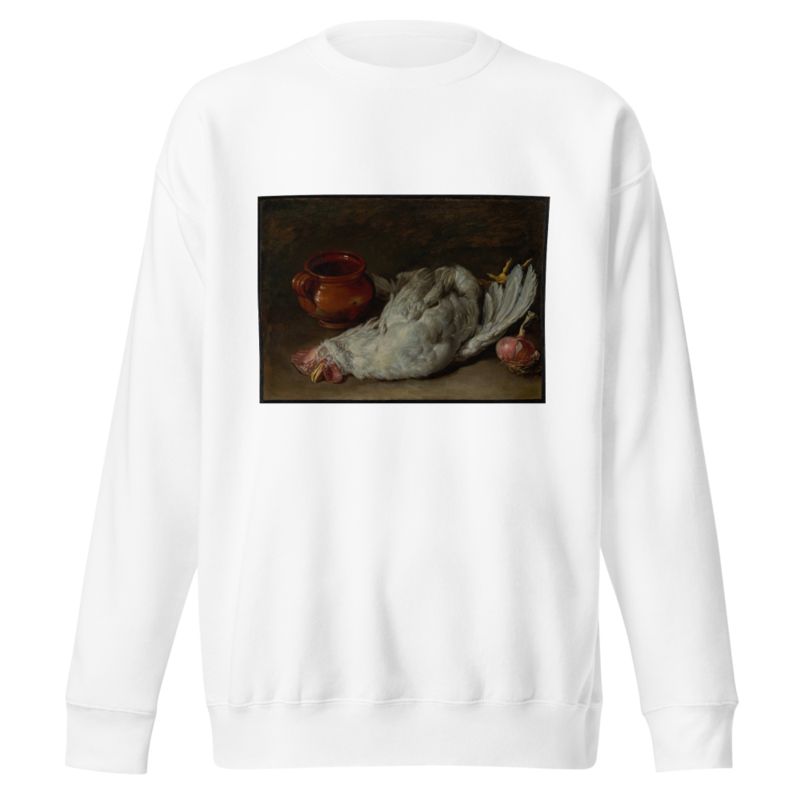
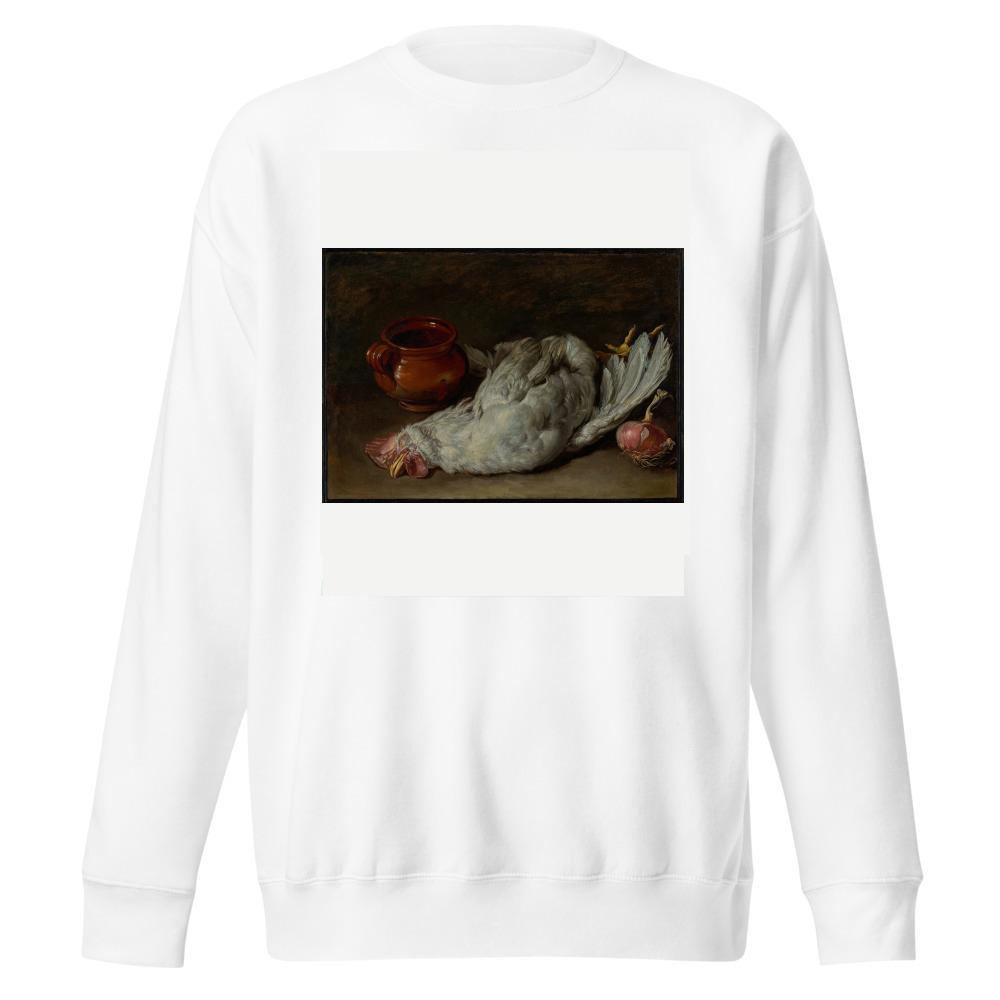
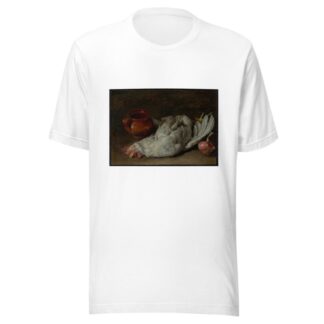
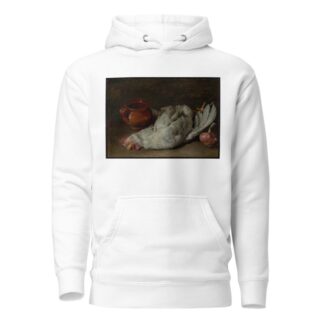
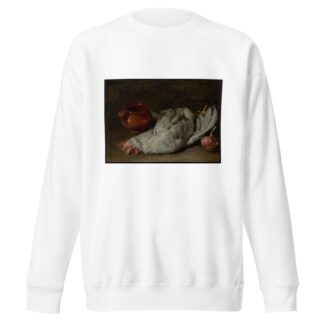
Reviews
There are no reviews yet.